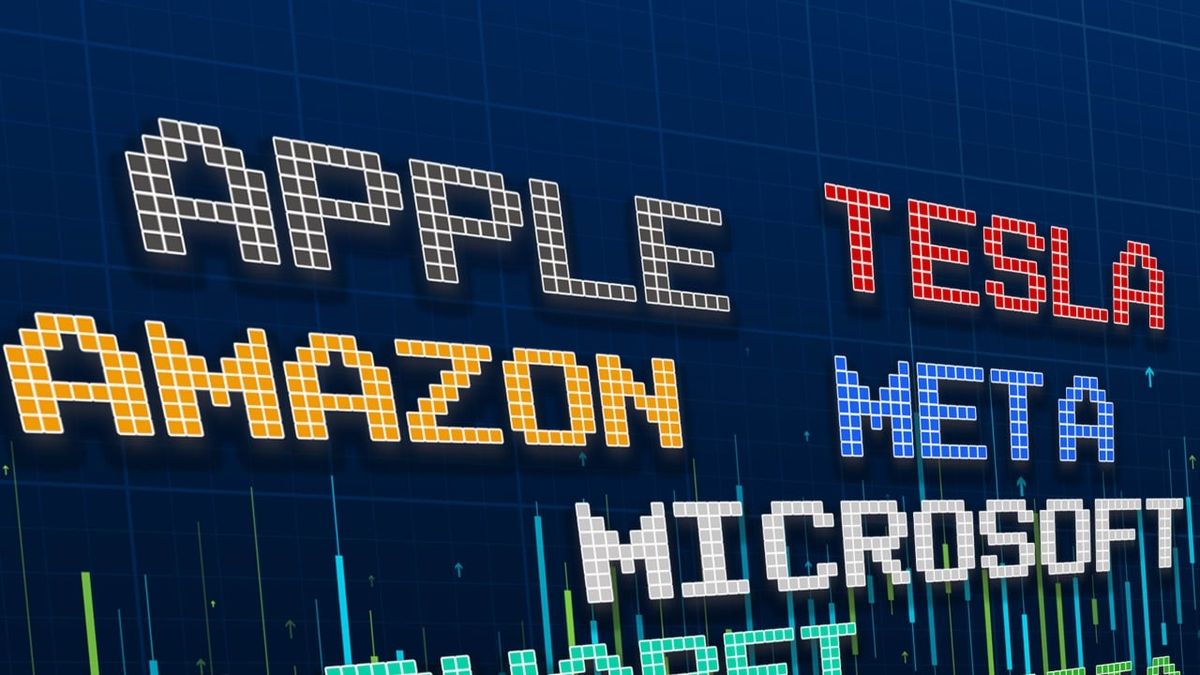
As Wall Street scales new heights in 2024, the spotlight intensifies on the ‘Magnificent Seven‘ technology megacaps, comprising Apple, Microsoft, Nvidia, Amazon, Alphabet (Google), Meta Platforms (Facebook), and Tesla. These tech behemoths have not only outperformed the broader market but have also shaped the trajectory of the US stock market, raising both optimism and concerns about market sustainability.
Unprecedented Rally and Market Dominance
The surge in these technology stocks has been phenomenal, with the New York FANG index, reflecting their performance, soaring almost 85% over the past year. This surge has contributed significantly to the S&P 500’s impressive gains, highlighting a stark contrast in performance against the equal weight S&P 500. Analysts attribute this outperformance to several factors, including robust cash flows, lucrative operations, and the strategic advantage of hefty cash reserves in a high-interest-rate environment. A recent Goldman Sachs research paper further sheds light on this trend, comparing the current market concentration to historical patterns, thus providing a broader perspective on the ‘Magnificent Seven’s’ dominance.
Reflections on Market Concentration and Valuations
While high market concentration raises eyebrows and stirs debates about potential bubbles, the current scenario distinguishes itself with relatively lower valuations and stronger balance sheets than seen in previous market peaks, such as the dot com bubble. Goldman Sachs emphasizes that the dominance of these technology stocks is not an anomaly but a reflection of the pivotal role technology plays in driving modern economic growth. The paper also explores the global market share of US equities, noting a significant increase post the 2008 financial crisis, attributed to faster earnings growth, higher reinvestment rates, and the overarching strength of the US economy.
Looking Ahead: Implications and Potential Outcomes
The continued dominance of the ‘Magnificent Seven’ raises critical questions about market diversity and resilience. While their current valuations and financial health suggest a mitigated risk of an immediate bubble, investors remain cautious, given the unpredictable nature of tech stocks and external economic factors. The scenario prompts a broader contemplation on the sustainability of such market trends and the potential for new sectors or innovations to emerge as future leaders. As technology continues to be a cornerstone of growth, the dynamics within the tech sector and its impact on global markets warrant close observation.




















